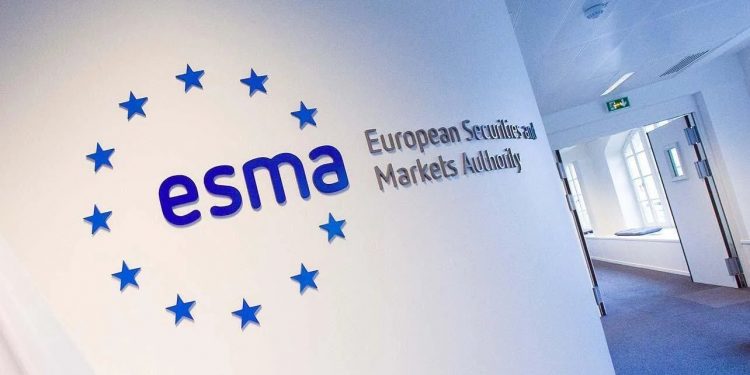ESG Fund Naming Report
The European Securities and Markets Association (ESMA) released an ESG fund naming report, aiming to study the application of ESG terms in fund names.
ESMA believes that greenwashing in fund products is related to the name of the fund. To combat the problem, regulators need to understand the naming of ESG funds so that funds can convey the correct information to investors.
Regulation for ESG Fund Naming
The EU Sustainable Finance Disclosure Regulation (SFDR) requires asset management companies to disclose the sustainable information of funds and divides sustainable funds into two categories, Article 8 and Article 9. However, SFDR does not establish standardized requirements for sustainable funds, nor does it specify thresholds for their assets.
Related Post: Morningstar Releases 2023 Q2 SFDR Funds Report
Asset management companies often use terms such as ESG, low carbon, and sustainability when creating funds. If the fund’s actual investment style is inconsistent with its name, it may mislead investors and lead to greenwashing. ECB believes that only 20% of sustainable funds have consistent investment styles and names.
ESMA issued a consultation paper last year planning to set investment thresholds for sustainable funds. The name of an ESG fund can only be used when 80% of the fund’s assets are invested in the ESG field. The name of a sustainable fund can only be used when 50% of the assets in the ESG field are invested in sustainable fields.

Research Results on ESG Fund Naming
In order to understand the naming of ESG funds, ESMA investigated more than 36,000 fund products and used natural language processing methods to analyze more than 100,000 fund documents. The asset size of these funds reaches 16 trillion euros, of which stock funds, bond funds and hybrid funds account for the highest proportion, accounting for 93% of the total size of actively managed funds.
After word processing, ESMA retained a total of more than 1,236 ESG terms and used them in the study of fund documents. ESMA found that the number of funds using ESG terms has increased from 3% in 2013 to 14% in 2023. One-third of Article 8 funds have adopted ESG terminology, and the vast majority of Article 9 funds include ESG-related concepts in their names.
Among the 14% of funds that use ESG terms, more than 10% do not directly use terms such as environment and society, but some terms indirectly related to ESG (such as net zero, carbon emission reduction, biodiversity, urbanization), the cumulative proportion of funds using intuitive environmental and social terms is less than 3%.
In terms of name changes of ESG funds, a total of 1,356 funds has actively added ESG terms since 2018, and investors’ capital inflows have also changed. Funds with ESG terms received the highest net inflows in 2021. This may be due to the introduction of subsequent regulatory policies, which makes asset management companies more cautious when naming funds, and is also related to the proportion of investors’ allocation to ESG in their asset portfolios.
Information Disclosure of Fund Documents
Besides conveying information to investors through their names, ESG funds can also communicate through fund issuance documents. ESMA studied 17,000 fund investment strategies and 47,000 Key Information Documents (KIDs) involved in fund issuance documents, as well as 43,000 fund sales documents. There are differences in ESG terminology in these fund documents.
Only 23% of fund investment strategies involve ESG terms, while this increases to 80% in key information documents and to 90% in marketing documents. These differences are related to the requirements of regulatory policies. For example, Article 6 funds (non-sustainable funds) have a lower ESG terms proportion in these documents, while Article 8 funds and Article 9 funds have a higher proportion. At the same time, the proportion of ESG terms in stock funds is higher than that in bond funds, which may be related to the impact of engagement on investees.
Reference:
ESG Names and Claims in EU Fund Industry
ESG Advertisements Contact:todayesg@gmail.com








